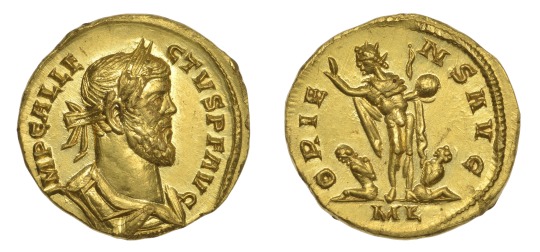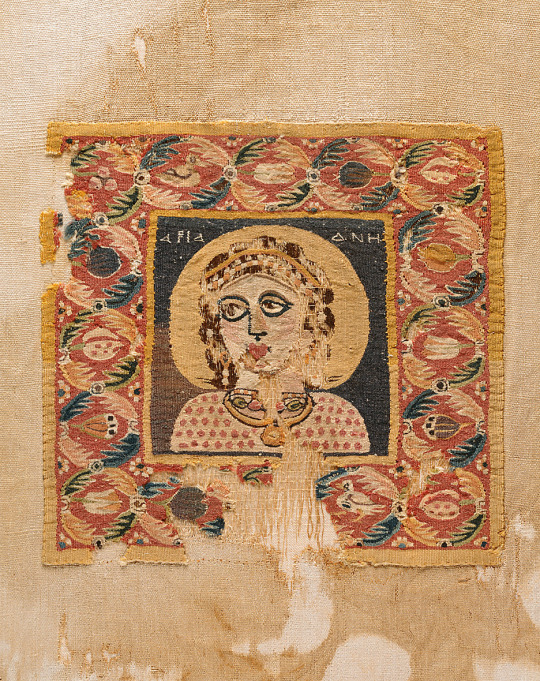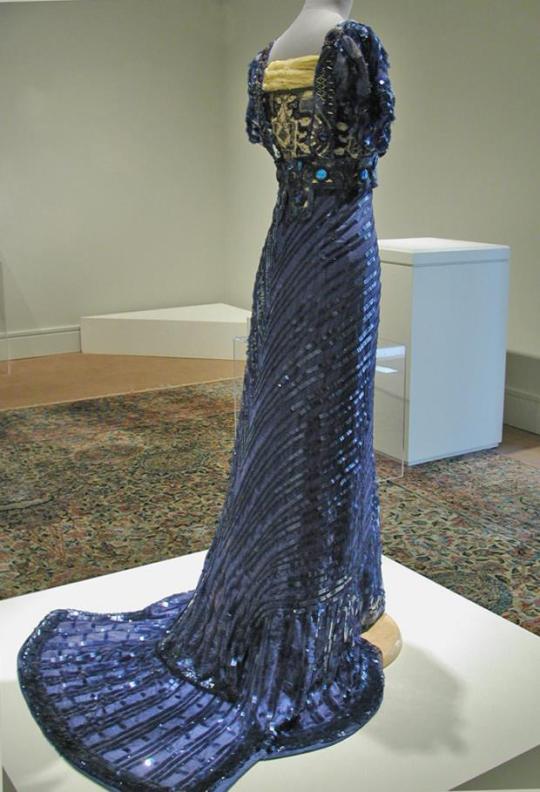Photo


EMPEROR ALLECTUS (293-6), GOLD AUREUS, STRUCK IN LONDON - FOUND IN A FIELD IN KENT March 2019
Provenance: Found near Dover, Kent, adjacent to a Roman road, March 2019
Allectus (died 296) was a Roman-Britannic usurper-emperor in Britain and northern Gaul from 293 to 296.
There are only 24 aurei of Allectus known, from 19 different obverse dies; this coin is a die match to that in the British Museum. Gold was initially produced to pay an accession donation in AD 293 but continued to be issued throughout Allectus’s reign. Coins of Carausius and Allectus were probably demonetized after the latter’s death in AD 296, as none are found in later hoards. The reverse legend on this coin of oriens avg, combined with the sun god Sol, translates as the sun is rising for the emperor.
Allectus is described as the minister of finance, prætorian prefect, ally and co-conspirator under the usurper Carausius. This new independence of Britain was based on a strong naval force of at least two fleets controlling the English Channel and the North Sea. As a result of the loss of Boulogne on 1 March 293 to Constantius Chlorus, it is believed that Carausius was then murdered by Allectus. Little is known from historical records about Allectus: his name in Latin translates as chosen or elected, but his well-produced coinage indicates a smooth transition and the issue of a new denomination, the quinarius or half-antoninianus with a series of war galleys as the reverse design, was certainly innovative. In early 296 Constantius and the prætorian prefect Julius Asclepiodotus sailed in two separate fleets, one from Boulogne, the other from the mouth of the Seine, which slipped past the ships of Allectus waiting by the Isle of Wight (Vectis) in a sea fog. Allectus was defeated in a land battle, probably in Hampshire, by Asclepiodotus and Constantius arrived in London to reclaim Britain.
Only the second found in Kent, and recorded at the British Museum by Sam Moorhead.
237 notes
·
View notes
Text

Tombstone of Regina (cast)
South Shields, Tyne and Wear
British Museum
Found near the Roman fort, finely sculpted tombstone depicts the dead woman, Regina, seated in a high-backed wicker chair holding a distaff and spindle and opening a jewellery box. Barates, her husband was from Palmyra, and the epitath is given both in Latin and in his native tongue. " To the spirits of of departed and to (Regina), his freedwoman and wife, a Caturvellaunian by tribe, aged 30, Barates of Palmyra (set this up)."
London, July 2022
50 notes
·
View notes
Text

A South London resident waters the vegetables planted on the roof of her Anderson shelter.
In 1938, with the outbreak of World War II on the horizon, Sir John Anderson was placed in charge of air-raid preparations in Britain. He commissioned engineers to design a cheap and simple shelter which could be distributed to the population, the result was the Anderson Shelter. Although the shelter would not provide protection from a direct hit for example, it would protect those within from the deadly flying debris and shrapnel produced during attacks.
Six feet tall, 6.5 feet long, and 4.5 feet wide, the corrugated metal shelters were a snug fit for a family of six. They were buried four feet under owner’s gardens and their arched roofs covered with a layer of soil.
The shelters were distributed for free to poorer residents. Wealthier residents could purchase one for a small fee.
Many chose to incorporate the shelters into their gardens, planting vegetables and flowers on top of them. Residents even held competitions for prettiest shelter.
By the time the Blitz began, over 2 million Anderson shelters had been erected.
61 notes
·
View notes
Text

SCULPTURE: “LADY GODIVA” by John Thomas (1813 - 1862), UK.
According to the legend dating back to at least the 13th century, Lady Godiva (b. around 1040 — d. between 1066 and 1086), a countess whose name (Godgifu or Godgyfu) translates from Latin as 'gift of God,' rode through the streets of Coventry, Warwickshire, England, in 11th century AD, with nothing but her long hair covering her.
This act was a condition set by her husband Leofric, Earl of Mercia, to lower taxes for the people.
She rode through the town while the inhabitants stayed indoors with windows and doors shut.
According to that legend, her husband, moved by her bravery, kept his promise and reduced the taxes.
This myth portrays Lady Godiva as possibly the first woman to use her body to defend a social cause.
Maidstone Museum, Kent
18 notes
·
View notes
Text
It’s how she laughs so hard after she’s punched him that makes me think she’s wanted to do that a while…😃
😂😂😂😂😂😂
814 notes
·
View notes
Text
instagram
Easy good vibe boosts! ❤️
#lightworker#blessings#tarotofinstagram#spiritualgrowth#healingjourney#healing#daily tarot#crystals#happiness#earth magic#TinaLeonardHealing#etsysmallbusiness#etsy shop#instagram
0 notes
Text
#spiritualgrowth#lightworker#tarotofinstagram#blessings#healingjourney#healing#happiness#earth magic#daily tarot#crystals#etsysmallbusiness#TinaLeonardHealing#crystalshop#crystalhealing
0 notes
Text

#miracles#blessings#wisdom#knowing#reachout#wellness#create#compassion#healing#spiritual#gratitude#love#heart#lightworker#spiritualgrowth#tarotofinstagram#happiness#dailytarot#healingjourney#earthmagic#tinaleonardhealing
13 notes
·
View notes
Text

Nothing new here gov'nr. With the modern drive towards electric vehicles we would have thought it's all new, but ahh, not so...
The notion of a fleet of electric taxi cabs purring around the streets of the capital may still sound the stuff of sci-fi, but they were already a familiar sight on the Victorian roads over a century ago. Developed by Mr Walter Bersey they entered service in 1897, the Bersey taxi was London’s first “self-propelled” vehicle, and at their peak, there were no less than 75 of these electric cabs going about their business on London’s streets. With a speed of 8mph and a range of 30 miles between charges they were guaranteed to have "no smell, no noise, no heat, no vibration, no possible danger, and it has been found that vehicles built on this company’s system do not frighten passing horses"…Unfortunately the world wasn't ready for this mode of transport and they only lasted until 1900.
59 notes
·
View notes
Text


~ Ariadne and Dionysus.
Period: Late Roman/Late Antiquity
Date: A.D. 3rd-5th century
Place of origin: Achmim, Egypt
Medium: Wool on linen, colored knitting
1K notes
·
View notes
Text
Yay! This is my home away from home. 😍
#lightworker#blessings#spiritualgrowth#happiness#tarotofinstagram#crystals#healingjourney#healing#earth magic#daily tarot#crystalshop
0 notes
Text
#spiritualgrowth#tarotofinstagram#blessings#lightworker#healingjourney#healing#daily tarot#crystals#happiness#earth magic#TinaLeonardHealing
0 notes
Text
instagram
#spiritualgrowth#tarotofinstagram#blessings#healing#happiness#healingjourney#daily tarot#crystals#earth magic#lightworker#TinaLeonardHealing#etsyseller#Instagram
0 notes
Text

The Prague astronomical clock, or Prague orloj, is a medieval astronomical clock located in Prague, the capital of the Czech Republic.
1K notes
·
View notes




















